H ENRY
W INSTANLEY
 and the
and the
E DDYSTONE
L IGHTHOUSE

First published in 2002 by Sutton Publishing
Paperback edition first published in 2003
The History Press
The Mill, Brimscombe Port
Stroud, Gloucestershire, GL5 2QG
www.thehistorypress.co.uk
This ebook edition first published in 2013
All rights reserved
Adam Hart-Davis and Emily Troscianko, 2002, 2013
The right of Adam Hart-Davis and Emily Troscianko to be identified as the Author of this work has been asserted in accordance with the Copyrights, Designs and Patents Act 1988.
This ebook is copyright material and must not be copied, reproduced, transferred, distributed, leased, licensed or publicly performed or used in any way except as specifically permitted in writing by the publishers, as allowed under the terms and conditions under which it was purchased or as strictly permitted by applicable copyright law. Any unauthorised distribution or use of this text may be a direct infringement of the authors and publishers rights, and those responsible may be liable in law accordingly.
EPUB ISBN 978 0 7524 9511 8
Original typesetting by The History Press
C ONTENTS
P REFACE
During the 1990s I presented on television a series of programmes called Local Heroes, in which I cycled around Britain (and occasionally other places) telling the stories of long-dead scientists, inventors and entrepreneurs people who had left a mark on the world and were recognized as heroes, at least in their own home towns. We used to look for heroes for the series by telephoning local studies libraries and asking for potential candidates. A librarian in Plymouth suggested that I should read Fred Majdalaneys book The Red Rocks of Eddystone. When I did so I was captivated by the story of Henry Winstanley and his lighthouse, and I soon wanted to find out more and write my own book.
Finding out more proved a difficult task. Henry himself wrote little, and his contemporaries were not much better. I have visited what is supposed to be his birthplace, Winstanley House in Saffron Walden, and received much help and support from the library there. By what I consider a cunning piece of detective work I believe I have pinpointed the position of the house he built himself in Littlebury the site of Winstanleys Wonders. In Audley End, the stately home where he worked for many years and made the acquaintance of King Charles II, I have recorded part of a radio programme about him, and also, rather incongruously, was filmed dressed as a monk in and around the walled garden. I have trodden the ground near Hyde Park Corner where he built his Waterworks. I have stood on the Barbican in Plymouth to tell the tale for radio of how he defied the advice of the fishermen and went out to Eddystone for that fatal last time. But above all I have been out to Eddystone: I have rowed between the ragged rocks, and even landed on the very rock where he built his lighthouse and later came to grief. Sitting on that rock, while the boat pulled away, was a moving and memorable experience.
This is the story of a remarkable man, his considerable achievements and his tragic end.
Adam Hart-Davis
January 2002
A CKNOWLEDGEMENTS
In our research for this book we have been helped by a great number of people, and would like to record our thanks to the following (with apologies to any we have inadvertently omitted): Bishopsgate Institute Library (Mr Webb); Bodleian Library, Oxford (John Johnson collection Julie Anne Lambert); Dr Allan Chapman; Dr Michael Chrimes; City of Plymouth Museums & Art Gallery (Maureen Attril and others); City of Westminster Archives (Colin Recketts); Essex Record Office (Janet Smith); Guildhall Library (Jeremy Smith); Henley Library (Hilary Fisher); Tony Jago and his crew; Dr Peter Jones; Museum of London (Hazel Forsyth and Nicky Cross); Newmarket Library (Susan Thorpe); Portcullis Pursuivant of Arms; Public Record Office, Kew; Saffron Walden Library and Arts Centre (Martyn Everett); Saffron Walden Museum (Bruce Tice); Science Museum; Science Museum Library (Mrs P. Shah); Allen Simpson; The British Museum; Theatre Museum (Melanie Trifona Christoudia); Trinity House Lighthouse Service (Breda Wall and Jane Wilson); Victoria & Albert Museum; West Devon Record Office (Rachel Broomfield); W.R.W. Winstanley. In addition our thanks go to those who have supplied pictures for this book.
Above all we thank Jaqueline Mitchell and her colleagues at Sutton, who provided masses of encouragement, and kept this book going long after others might have given up.
T IMELINE
1642 | English Civil War breaks out |
1644 | Evangelista Torricelli invents the barometer Henry Winstanley born |
1649 | Charles I executed |
1650 | Von Guericke invents the air pump |
1651 | Tea first sold to the public |
1654 | John Evelyn visits Audley End |
1656 | Christiaan Huygens invents the pendulum clock |
1660 | Restoration of Charles II |
Royal Society founded |
1661 | Charles II marries Catherine of Braganza |
1665 | Winstanley employed as porter at Audley End The Great Plague hits London |
Sir John Coryton and Henry Brouncker petition Admiralty to build Eddystone lighthouse |
1666 | Isaac Newtons annus mirabilis he solves gravity and rainbows |
1666 | The Great Fire of London |
1668 | Newton invents the reflecting telescope |
1669 | Charles II buys Audley End |
Winstanley made Clerk of Works at Audley End |
1670 | Henry Morgan sacks Panama |
1671 | Jean Picard measures the size of the Earth |
1675 | John Flamsteed appointed Astronomer Royal |
Christopher Wren builds Greenwich Observatory |
Winstanley produces geographical playing cards |
1676 | Samuel Pepys made Master of Trinity House |
1677 | First systematic recording of rainfall by Richard Towneley |
1679 | Winstanley paid 8 for work on church clock |
1680 | Lloyds of London opens as a coffee-house Winstanleys father dies |
Denis Papin invents the pressure-cooker |
1685 | Charles II dies; James II becomes king |
1687 | John Clayton discovers coal gas |
Isaac Newton publishes his great book Principia |
1688 | The Glorious Revolution |
William III and Mary crowned |
Winstanley produces engravings of Audley End |

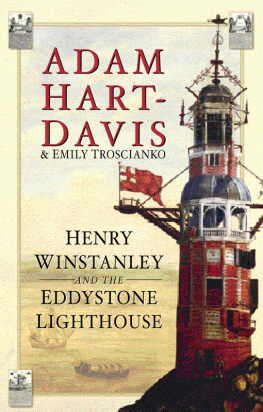
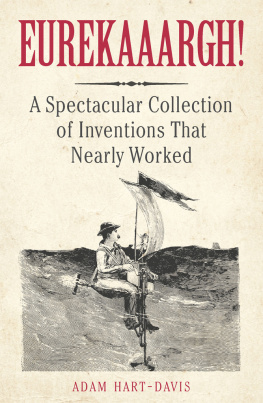
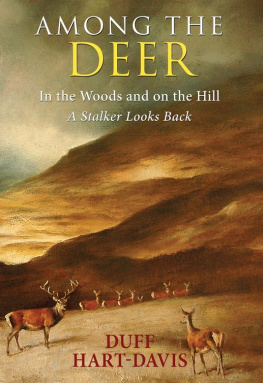
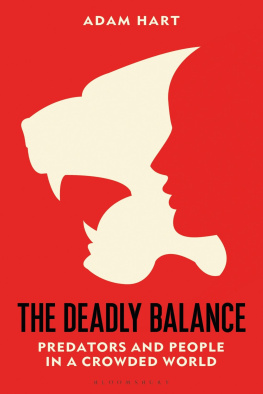
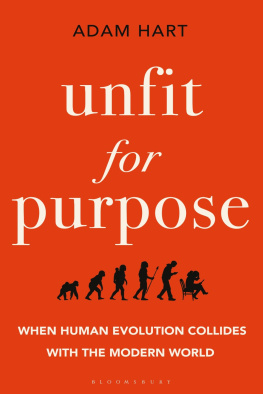

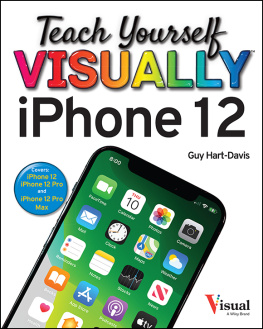

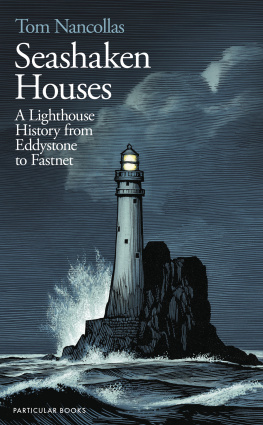
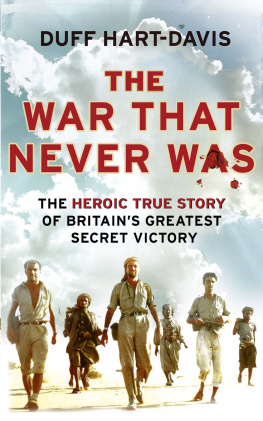
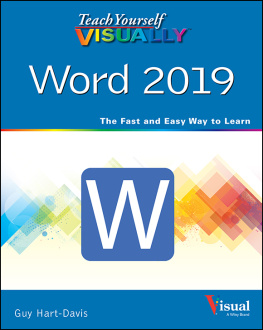

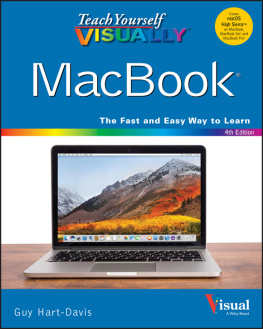
 and the
and the